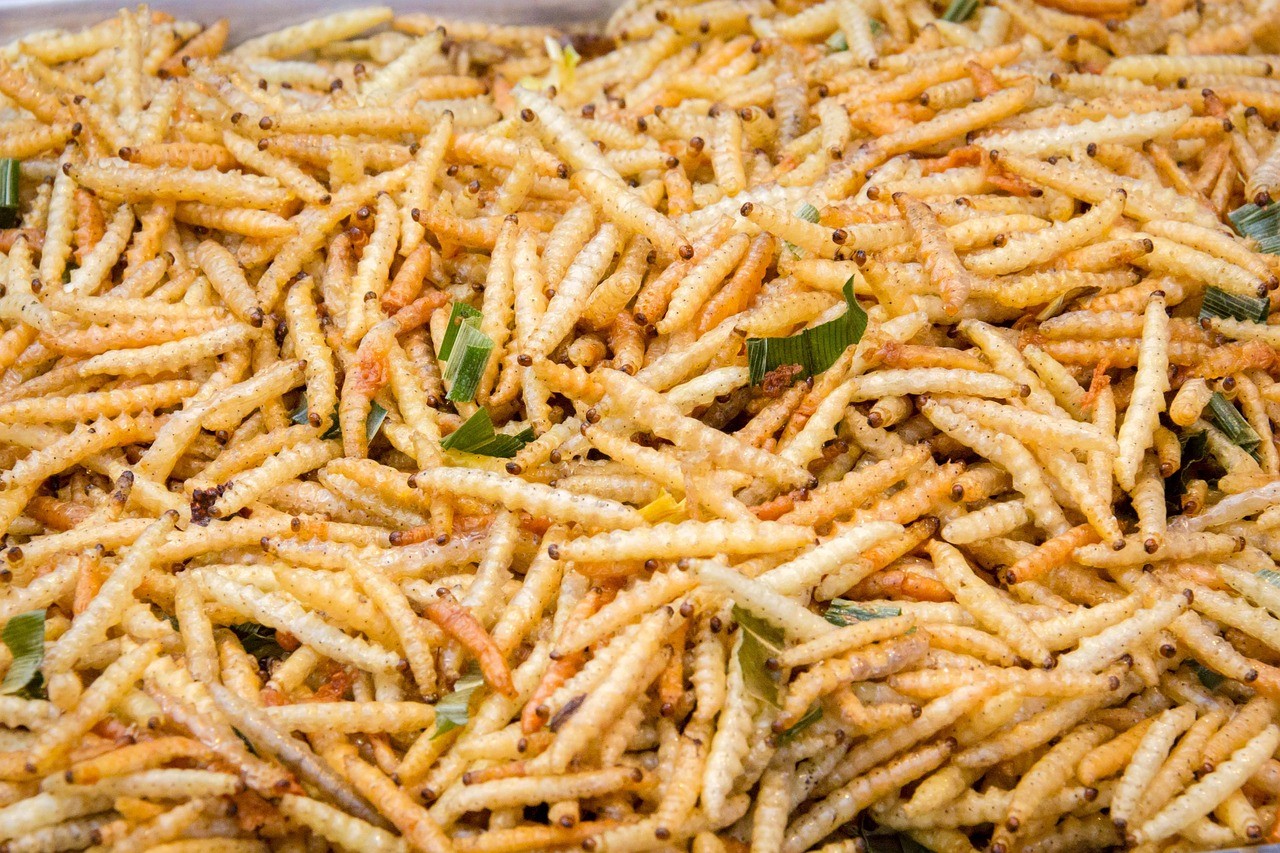The Future of Food: How Insects and Algae Are Revolutionizing Our Diet!
Environment
The world's population is growing rapidly, and with it, the demand for food. Traditional agriculture is reaching its limits in terms of environmental impact and resource consumption. But the solution could come from an unexpected direction: insects and algae. These unconventional food sources have the potential to fundamentally revolutionize our diet and enable a more sustainable future. Insects are rich in proteins, vitamins, and minerals and require significantly less water, land, and feed compared to conventional livestock. They also produce fewer greenhouse gases. Already today, insects are consumed as a delicacy or staple food in many cultures. From mealworms to crickets to locusts – the variety is great, and the culinary possibilities are surprisingly diverse. They can be processed into flour, roasted, or used in dishes. Algae, both micro and macro algae, are also a nutritional powerhouse. They are rich in omega-3 fatty acids, proteins, antioxidants, and vitamins. The cultivation of algae requires no freshwater reserves or arable land and can even help purify wastewater. Spirulina and Chlorella are already known as superfoods, but there are thousands of other algae species waiting for their culinary use. They can be used in salads, soups, smoothies, or as food supplements. The acceptance of insects and algae as food is still a challenge in Western cultures, but the increasing demand for sustainable and healthy alternatives could change this. Food technologists are working to make these new protein sources palatable and appealing. The future of food could be much greener and creepier than we can imagine. It is an exciting development that has the potential to improve global food security and protect our planet.






